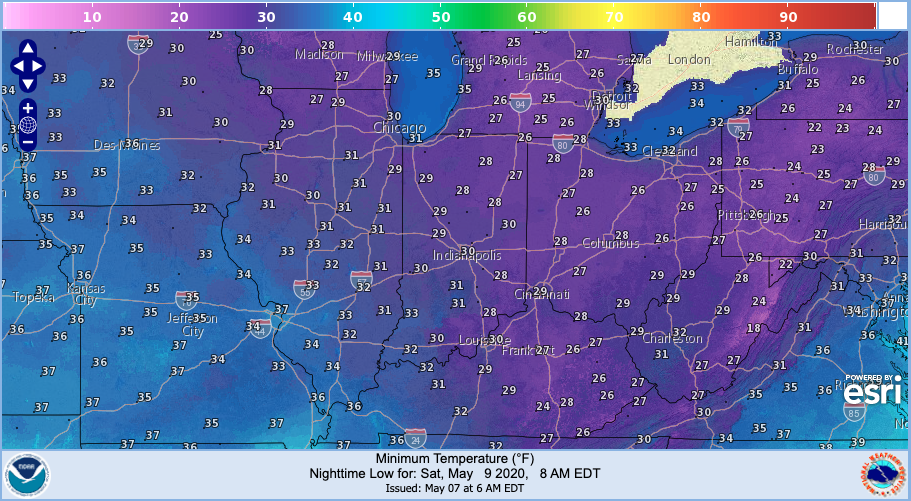
The earth’s position and movement around the sun welcomed the spring equinox on March 19th, and meteorologists in the northern hemisphere welcomed spring on March 1st.

The earth’s position and movement around the sun welcomed the spring equinox on March 19th, and meteorologists in the northern hemisphere welcomed spring on March 1st.
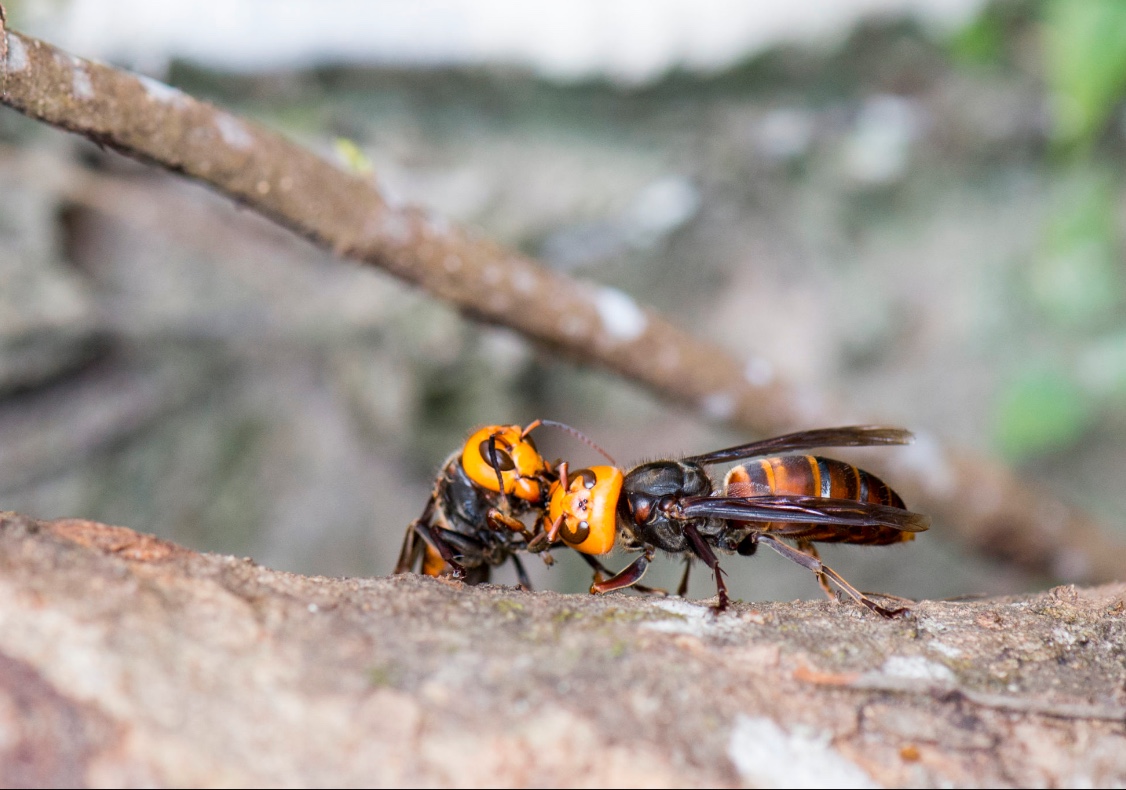
Headlines all over the country have been sounding the alarm about “murder” hornets. Should you be worried? Yes and no. The presence of these hornets in the United States is bad news for bees and beekeepers alike but there’s no need to panic yet.
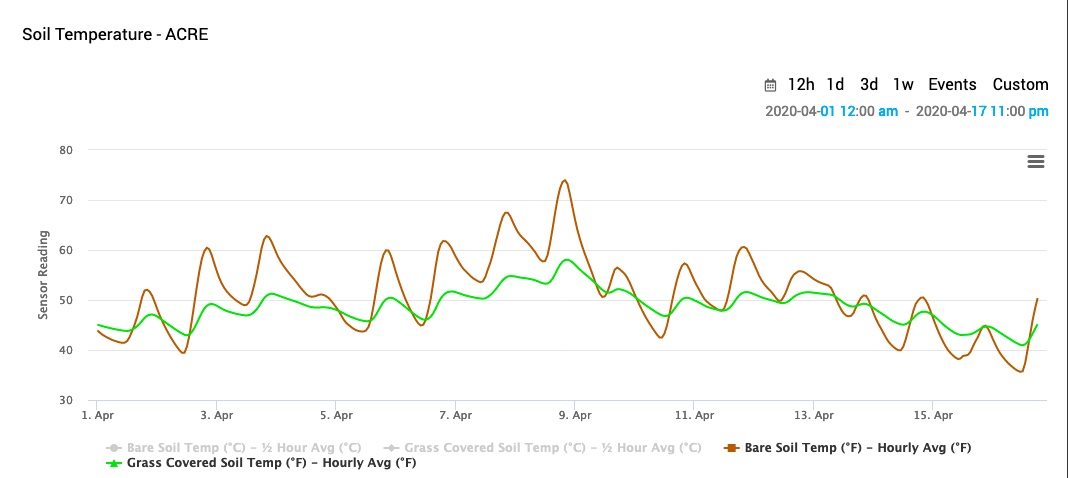
While the coffee shop rumor mills were active this past week with talk of “a lot” of corn planting going in areas of the state, in reality very little planting actually occurred (USDA Weekly Crop Progress, 13 Apr 2020).
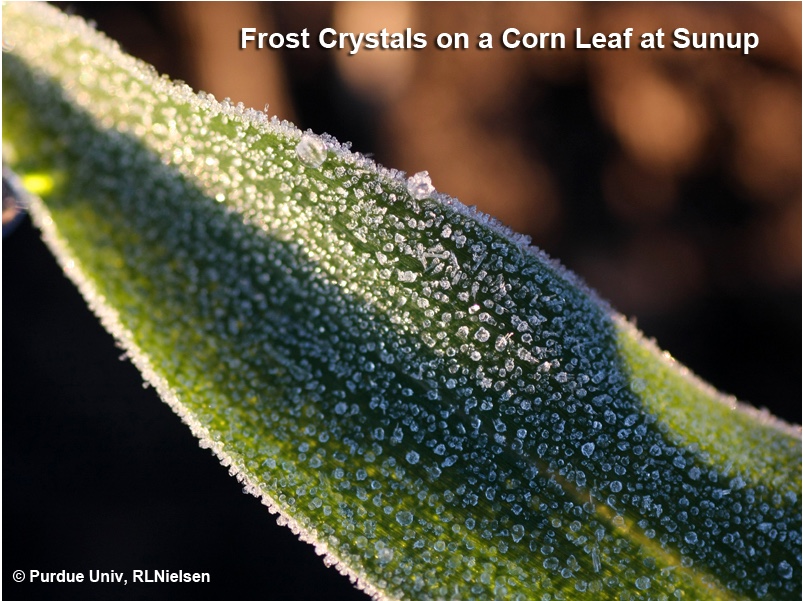
The risk of damaging spring frost events is one of the downsides to planting corn earlier than normal, but is one growers often accept when early spring field conditions are otherwise suitable for planting.
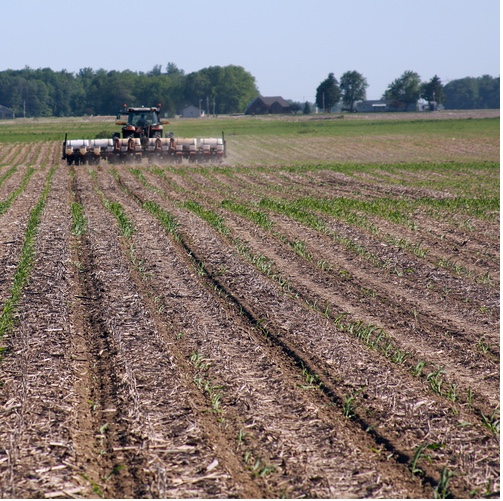
The decision to replant a field of corn because of poor stand establishment or severe damage to an otherwise good looking field of corn is often not an easy one to make.
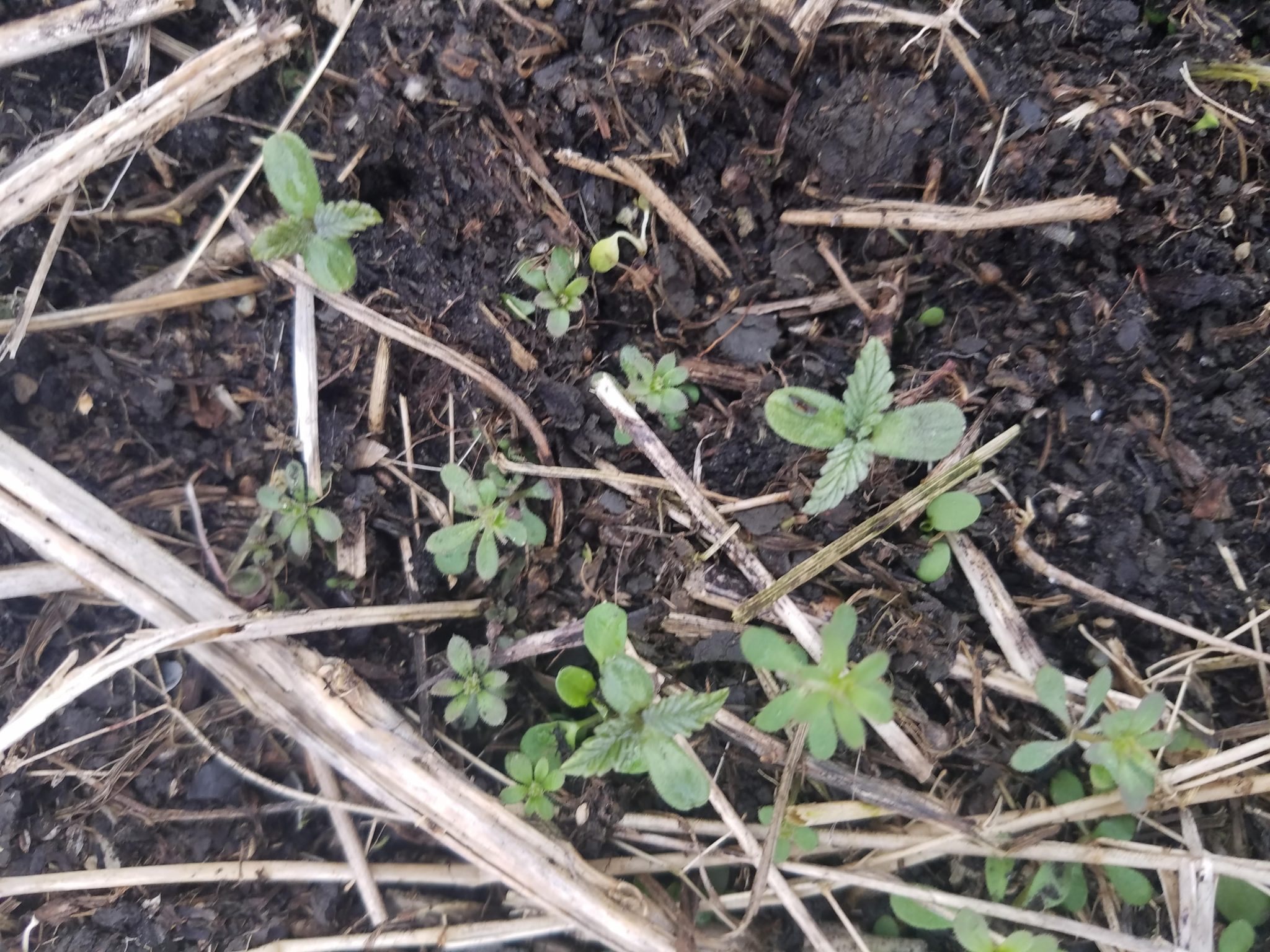
Hemp can germinate in soils between 40-50°F, and with the warm temperatures in late march, volunteer and feral hemp (ditch weed) had the right conditions to pop up.
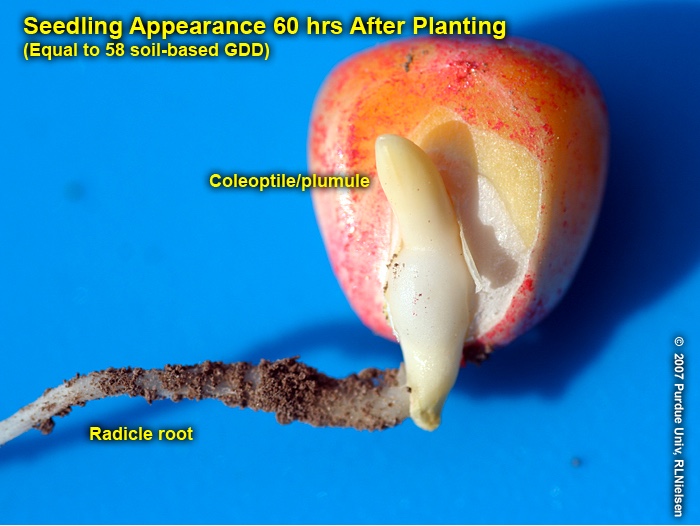
Successful emergence (fast & uniform), while important, does not guarantee successful stand establishment in corn.
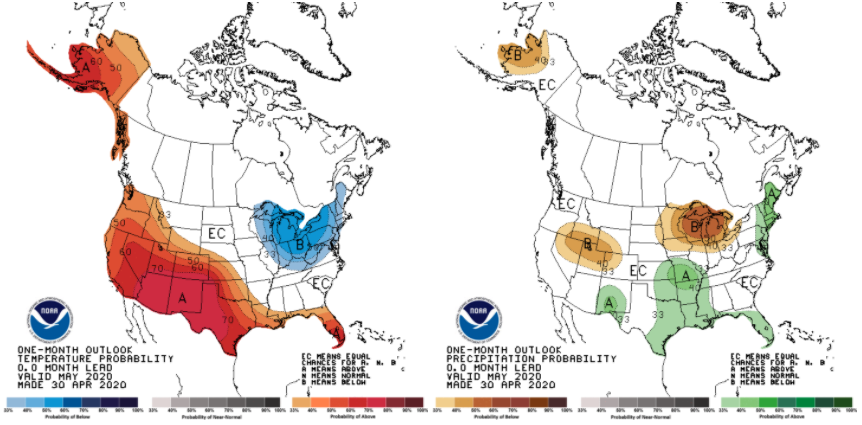
On April 30, 2020, the national Climate Prediction Center released its monthly outlook for May (Figure 1).
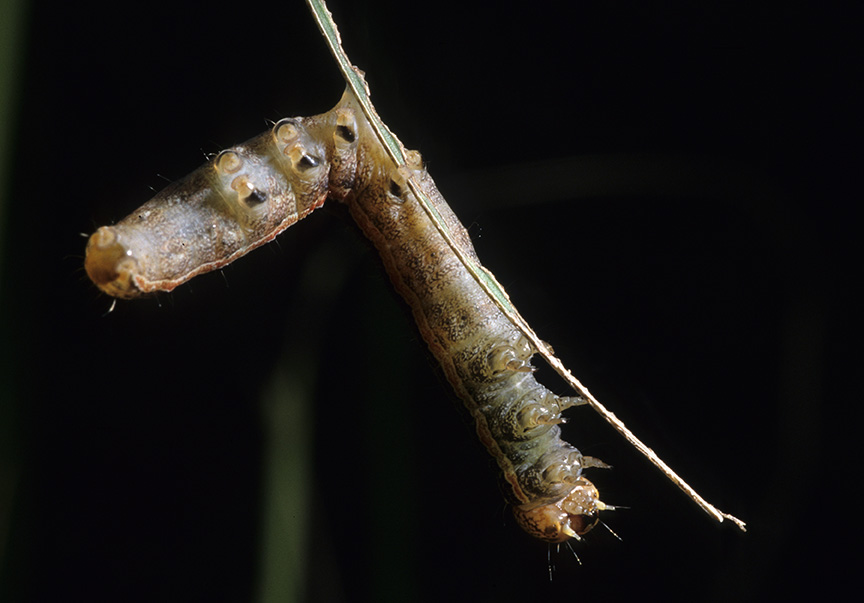
Many black cutworm trappers have captured large numbers of moths, see “Black Cutworm Pheromone Trap Report.” In trying to find levity during the Covid-19 pandemic, there have been various quips during their reports about this pest’s lack of adherence to our social distancing guidelines!
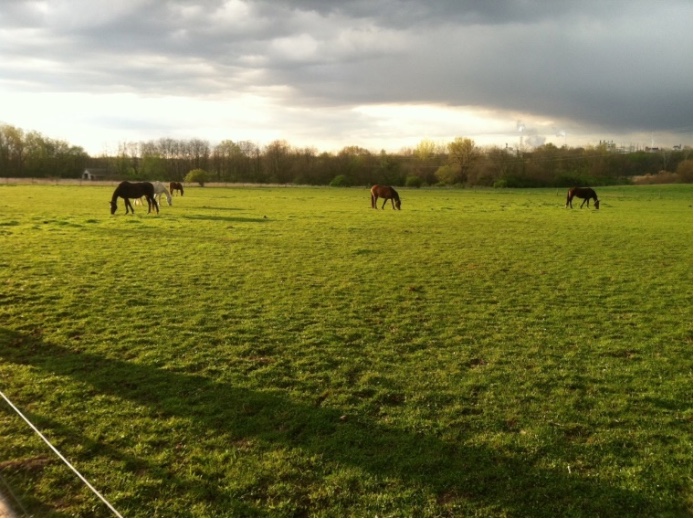
The 2020 grazing season has recently started and hay harvest is going to begin soon. As the pasture gets grazed and the forage growing in the field is mown, make sure to evaluate grazing and cutting height so perennial plants have better persistence.
© 2024 Purdue University | An equal access/equal opportunity university | Copyright Complaints | Maintained by Pest&Crop newsletter
If you have trouble accessing this page because of a disability, please contact Pest&Crop newsletter at luck@purdue.edu.